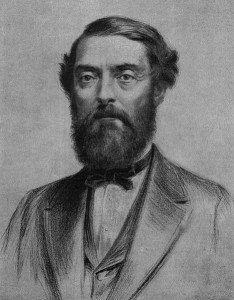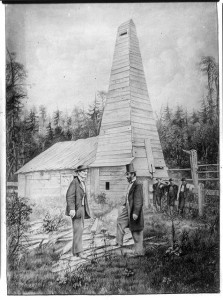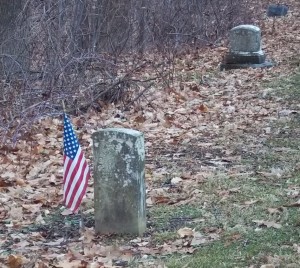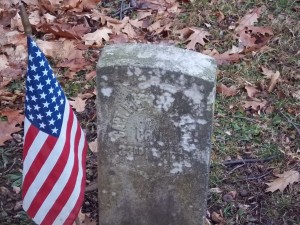It didn’t take long. In 1859 Edwin Laurentine Drake successfully drilled for oil in Titusville, Pennsylvania. 150 years ago this week there was at least speculation about possible destructive uses of the material that was becoming more and more available. This story was written while war with Britain was a reasonable possibility because of the Trent Affair. The Lincoln administration decided to release Mason and Slidell on December 26th.
From The New-York Times December 28, 1861:
OUR WASHINGTON CORRESPONDENCE…. A New and Destructive Shell …
WASHINGTON, Tuesday, Dec. 24, 1861. …
A new and most efficient element of warfare — or rather an old one revived — seems to have been suppled by that wonderful natural product of the earth in Western Pennsylvania — the petroleum or rock oil. Unless the story is a canard, put forth by the speculators in that article, it will prove equally terrible as the old Greek fire, which carried destruction to every combustible substance where it fell.
A fire-shell is said to have been invented, inclosing a small quantity of oil, which, as the shell explodes, is scattered in drops and streams of flame in all directions; and such is the fearful inflammability of the substance that it is inextinguishable by water, and can only be smothered by the complete exclusion of the air. The advantage which such a missile would give us in combats at sea would go far to neutralize the naval power of Great Britain in case of a war. … W.
_____________________________________________
Yesterday I ended up in Restvale on a pleasant walk as I was trying to clear a bit of the holiday haze. I knew that the cemetery in Seneca Falls, New York had a lot of gravestones of Civil War troops, but so far I had not seen any that I recognized. Yesterday I found the marker for Patrick McGraw, the captain of Company K, NY 33rd Volunteer Infantry. He was the captain alluded to in yesterday’s post.
If you have to end up in Restvale, McGraw’s got a pretty good place on kind of a bluff overlooking the Seneca River (Cayuga – Seneca Canal).
________________________
I was excited about the good coincidence. But I was also reminded about a t-shirt/sweatshirt I saw advertised in a seasonal catalog. It was inscribed like this:
History Buff: I’d find you more interesting if you were dead.





